Celebrating 200 Years
Celebration Service: 12 May 2024 Marks 200 Years of St Peter’s
By Sandy Matthews
On 12 May 2024, as a church we celebrated 200 years of St Peter’s and its contribution to the life of our city. The special Sunday service was attended by members of the congregation old and new, and a number of special guests including the Mayor of Brighton & Hove at the time Councilor Jackie O’Quinn.
The Bishop of Chichester, the Right Reverend Dr Martin Warner gave the sermon, and St Peter’s vicar, Dan Millest, shared some reflections. It was a lively, uplifting service that marked the years since the foundation stone was laid on 8 May 1824.
A number of church artefacts we on display, including the significant commemorative trowel that was engraved with the dates when the foundation stone for the church and the chancel extension were laid.
Lighting up the Church: Luxmuralis
By Sandy Matthews
We wanted to mark the celebration of 200 years of St Peter’s in a way that would involve as many people as possible and be truly significant. We wanted to stage an event, something that we’d never done before, that reflected the importance of the church and the history of the building, and its place at the centre of the community.
By working with the Luxmuralis team to stage a light show, we could invite the city of Brighton & Hove to enter a space they may have seen from the bus, or walked past many times, but never set foot inside. And for those who already knew St Peter’s well, illuminating its interior gave them an opportunity to experience the beauty of the building in a new, captivating way.
Seeing thousands of people of all ages walk through the church taking in the Life by Luxmuralis exhibition was a true celebration of the building and an opportunity to reflect on the time and effort it has taken to restore our incredible church. A little over a decade ago many areas of the building were in such a state of disrepair they were designated unsafe and could not be used.
Through the Luxmuralis show, we were able to honour those individuals who have invested vast amounts of time, energy and more into restoring the building so that it can be used for its original intended purpose, as a place of worship, for generations to come.
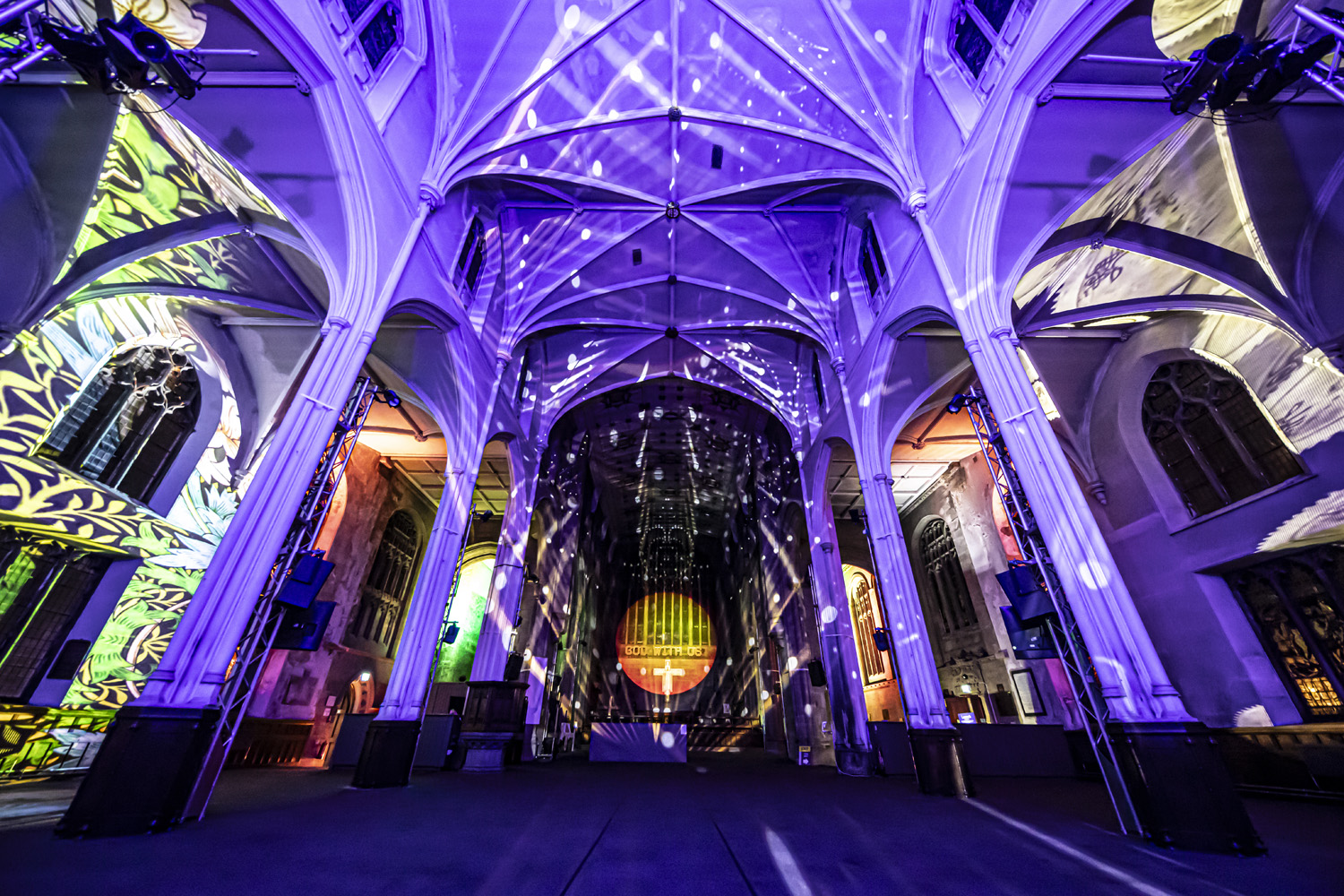
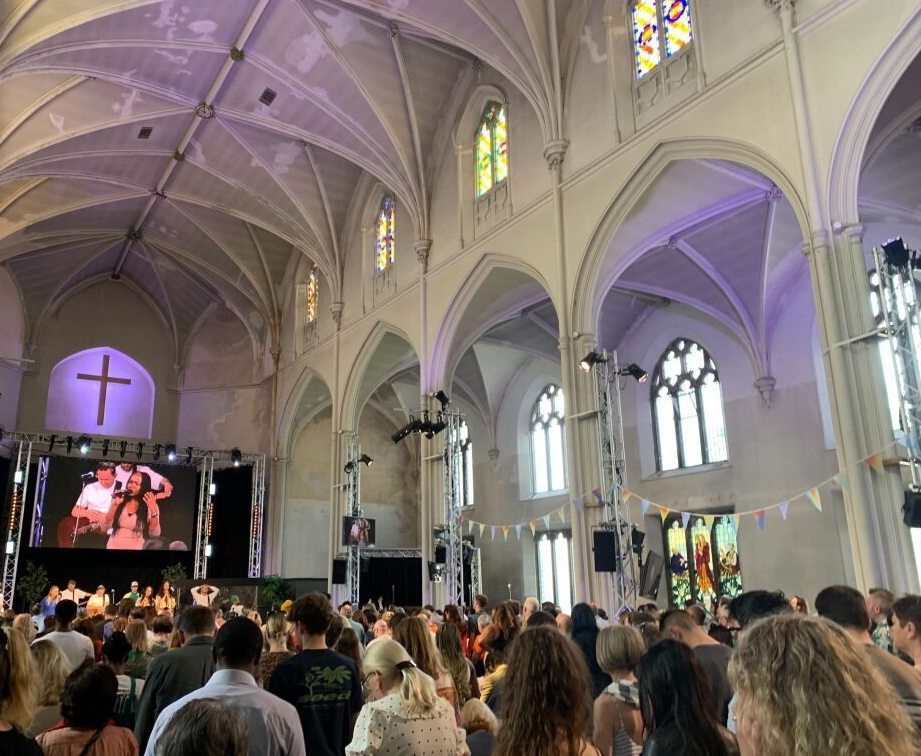
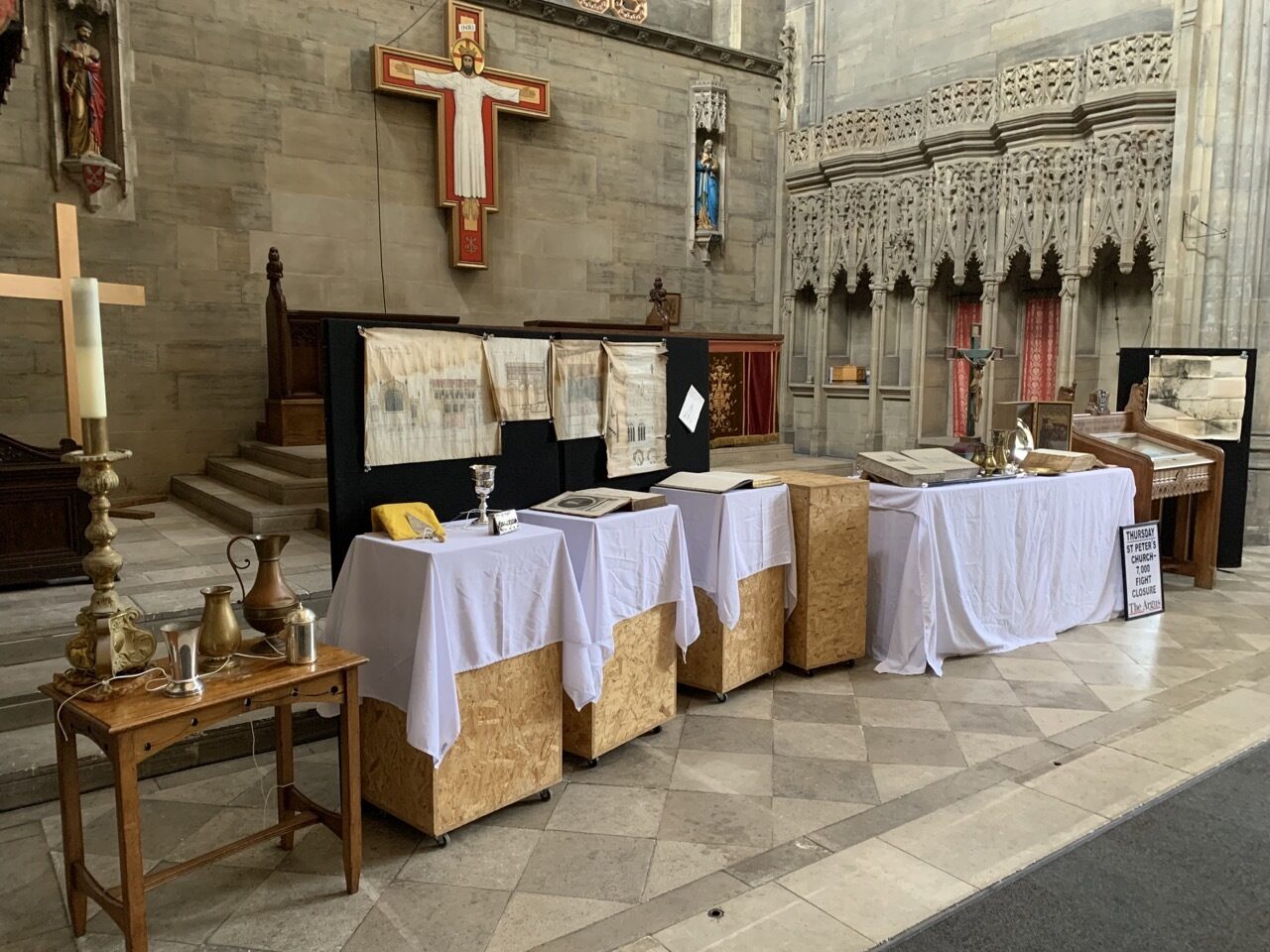
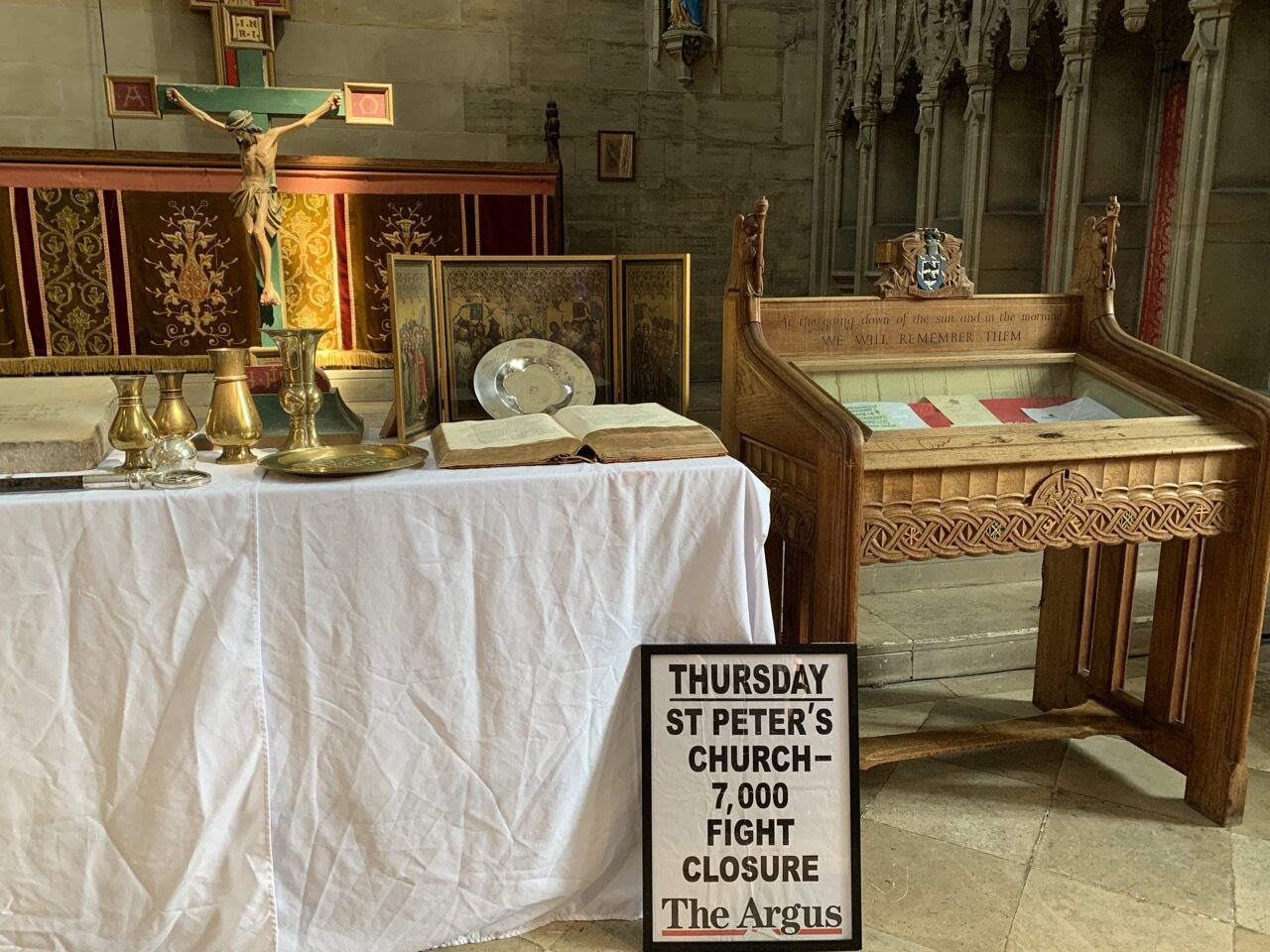
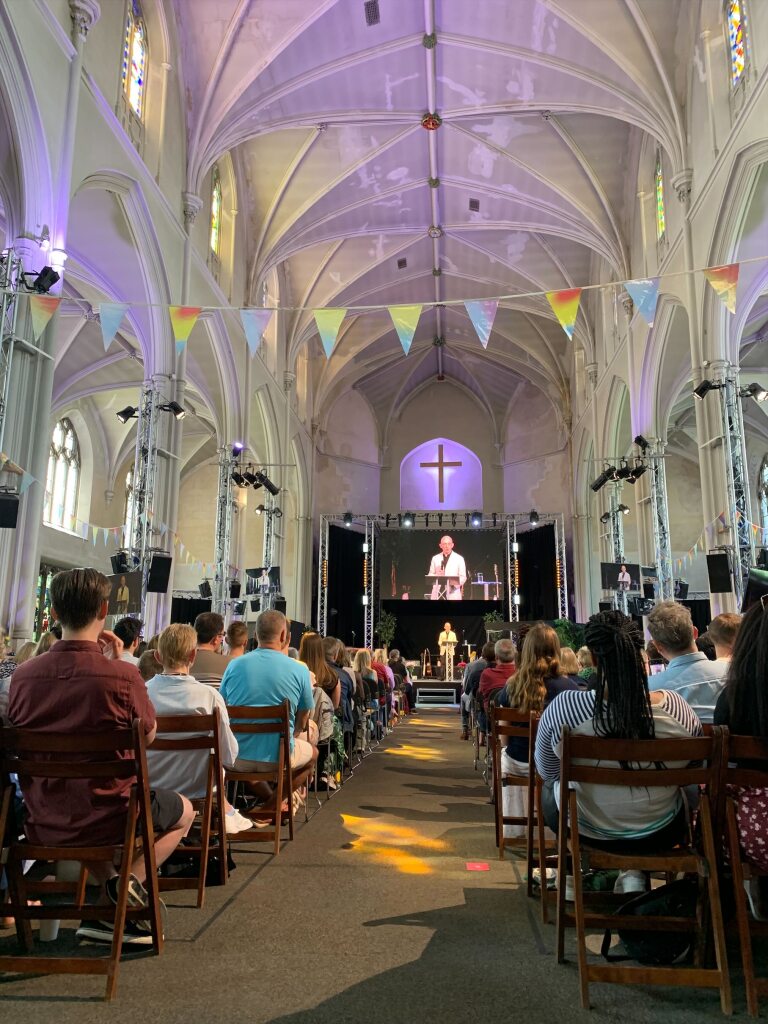
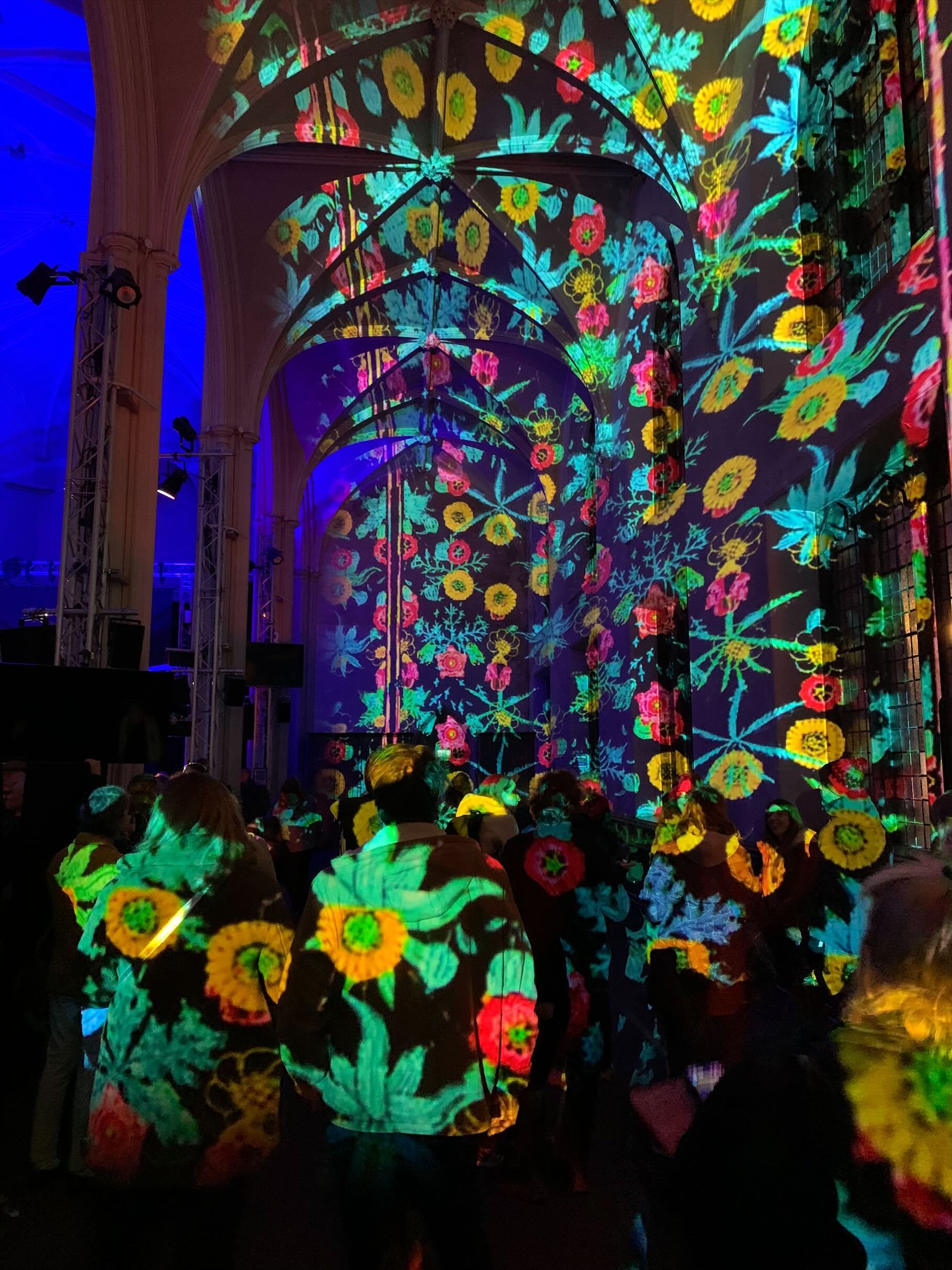
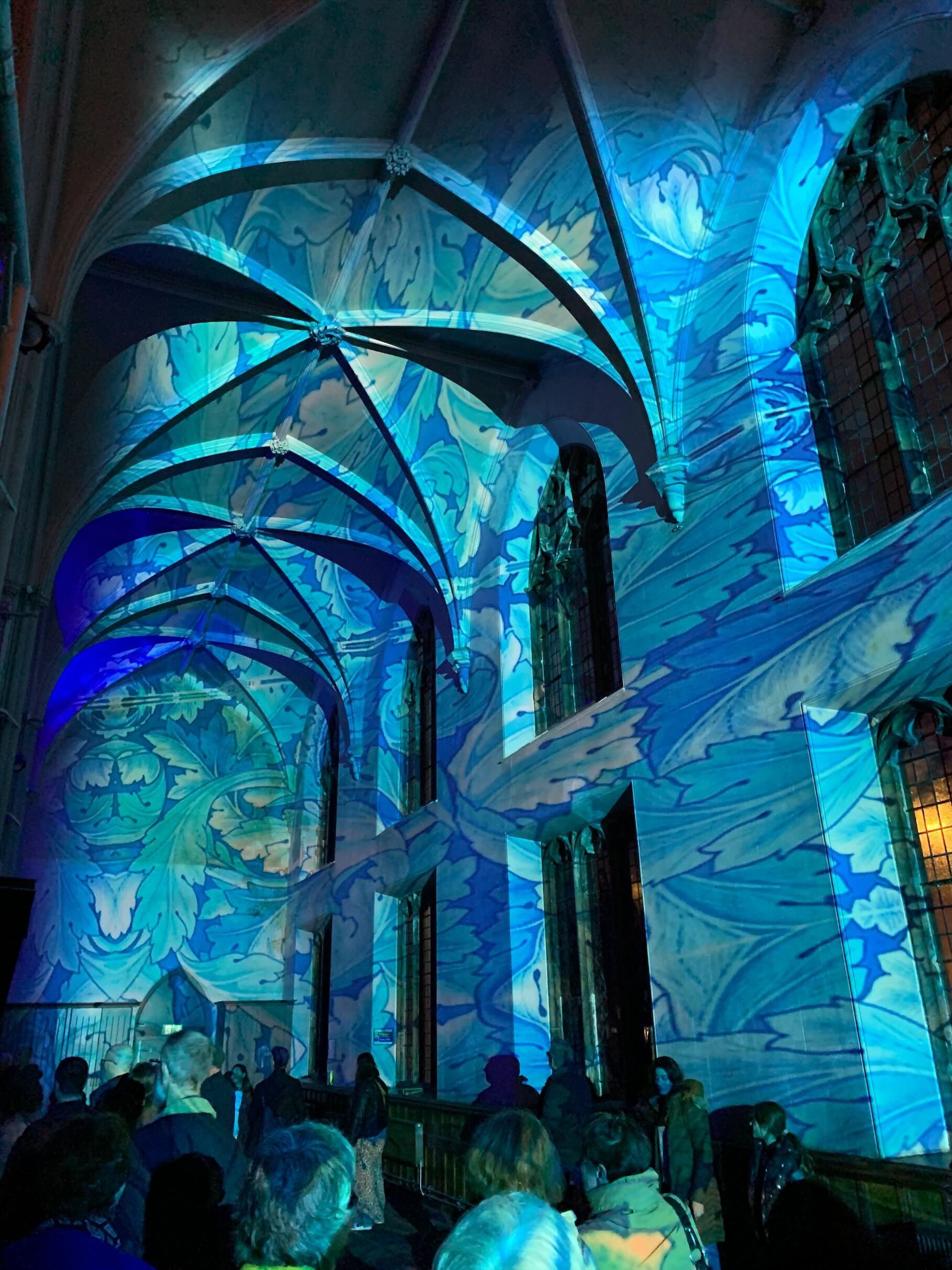
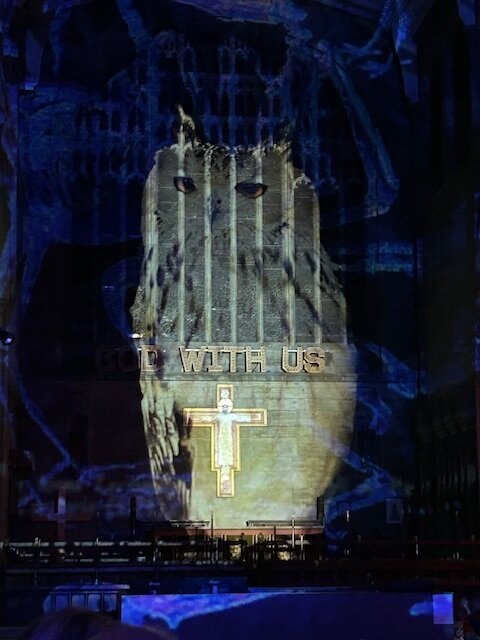



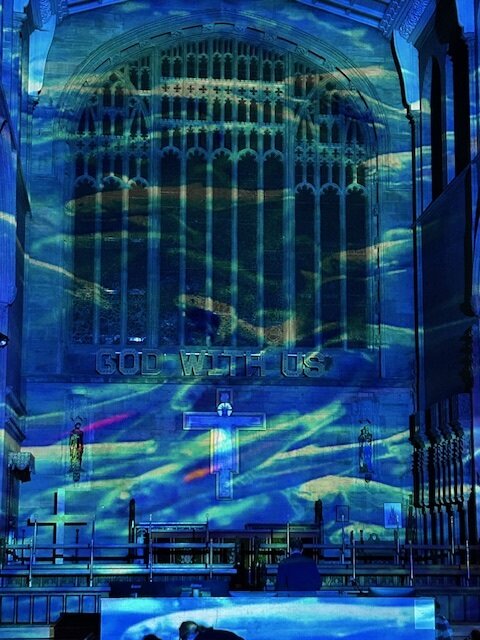
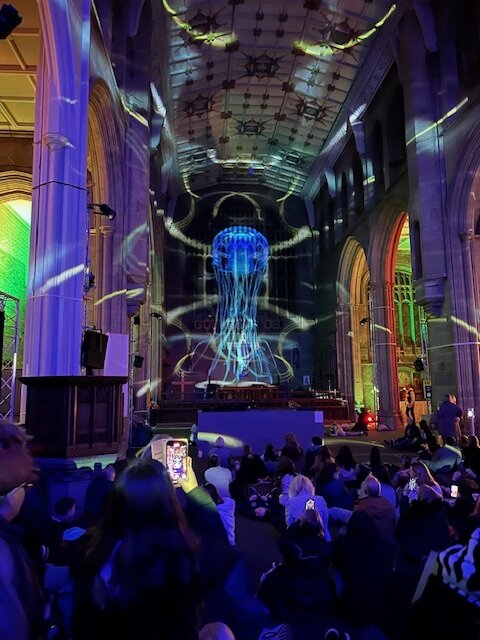
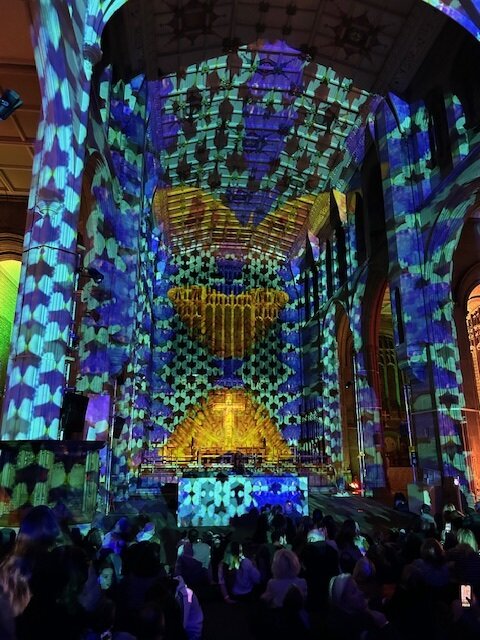
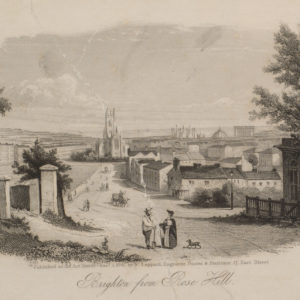
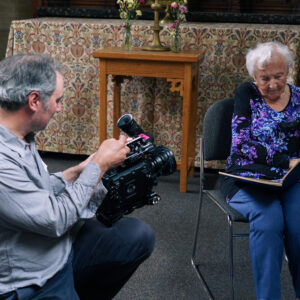

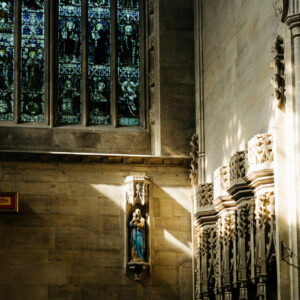
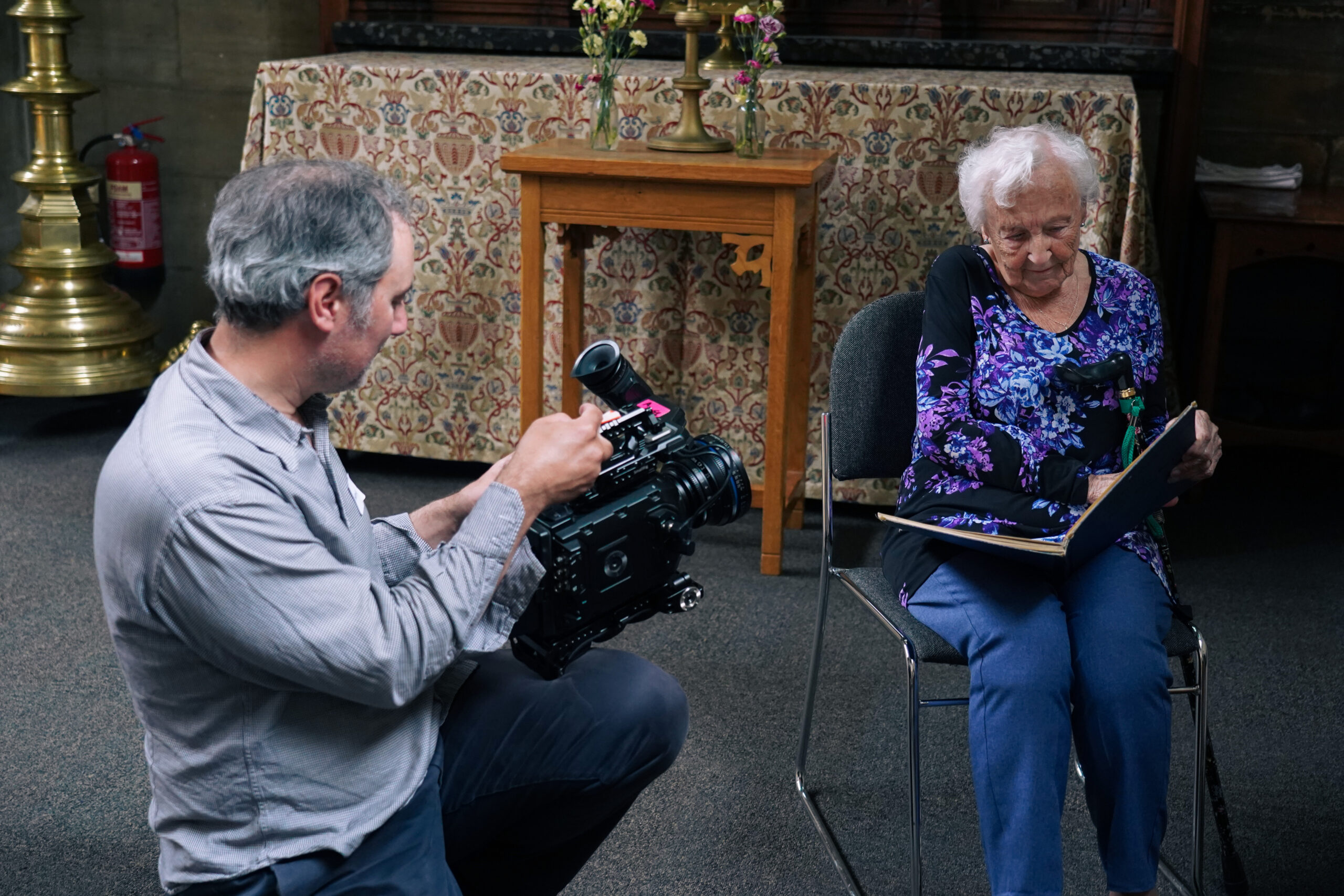



‘This project is kindly funded by Historic England as part of the Everyday Heritage - Working Class Histories. We are grateful to them for this funding.’